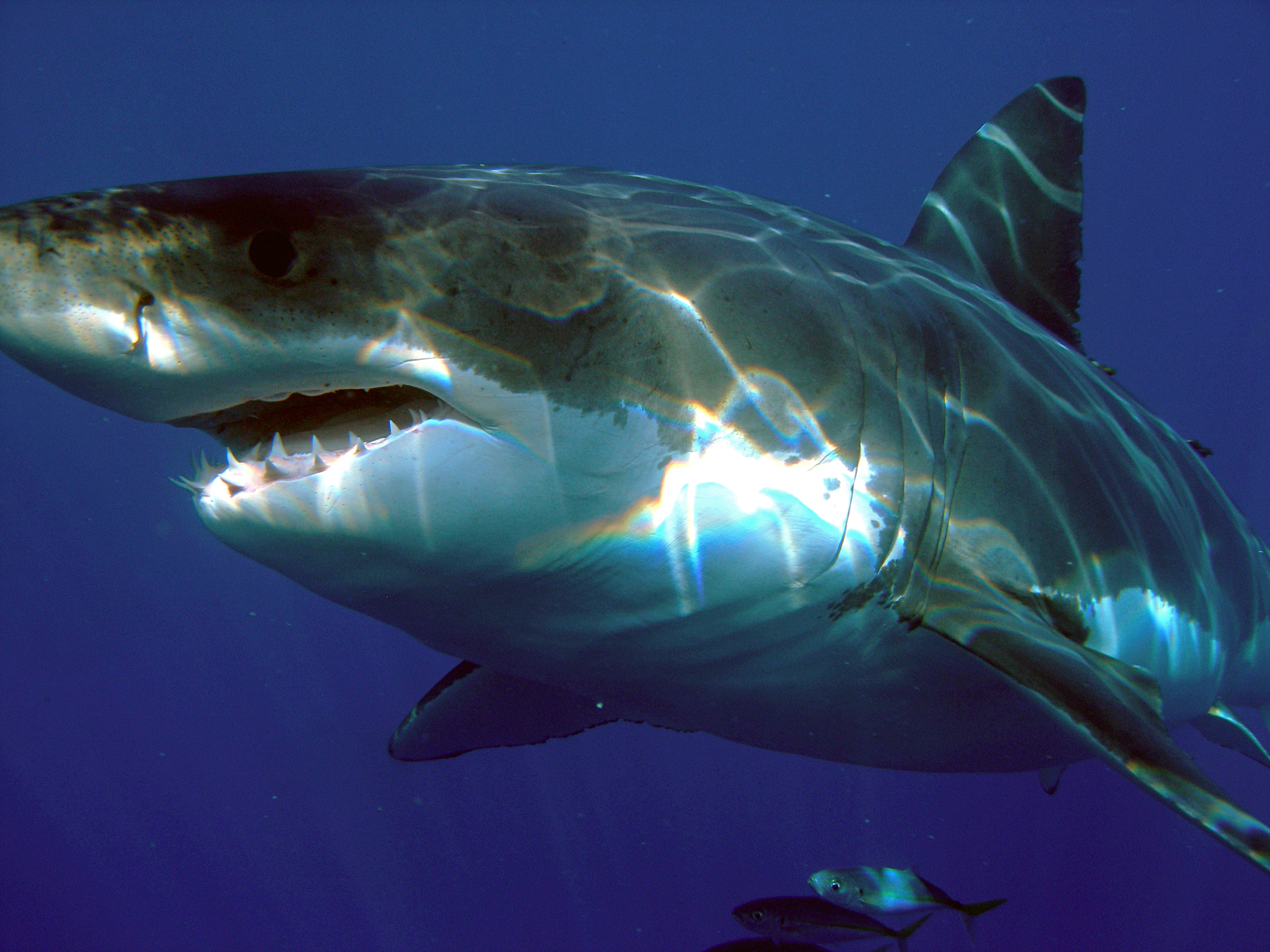Difference between revisions of "Translations:AY Honors/Species Account/Carcharodon carcharias/1/es"
m (FuzzyBot moved page Translations:Adventist Youth Honors Answer Book/Species Account/Carcharodon carcharias/1/es to Translations:AY Honors/Species Account/Carcharodon carcharias/1/es without leaving a redirect: Part of translatable page "Adventist Youth Honors Answer Book/Species Account/Carcharodon carcharias") |
|
(No difference)
| |
Latest revision as of 22:12, 20 September 2021
Tiburón blanco (Carcharodon carcharias)
Dónde se encuentra: Los tiburones blancos viven en casi todas las aguas costeras y de alta mar que tienen temperatura del agua entre 12 y 24 °C, con mayores concentraciones en los Estados Unidos (Atlántico noreste y California), Sudáfrica, Japón, Oceanía, Chile y en el Mediterráneo. Una de las poblaciones más densas conocidas se encuentran alrededor de la isla de Dyer, Sudáfrica, donde casi toda la investigación de tiburones se hace.
Descripción: El tiburón blanco es esa especie que ha hecho que las personas crean que mojar los pies en la marea traería muerte inminente en 1975, una tasa de muerte solamente comparable con el Orca. Llega a 8 metros de largo y el más pesado descubierto era 3,4 toneladas, o 3084 kg. Esta famosa especie de tiburón tiene una sonrisa enorme, revelando cientos de dientes de sierra y una sed de sangre sin igual por cualquier otro miembro del reino animal. El tiburón blanco está dispuesto de devoraar cualquier cosa desde los peces hasta las focas, a los delfines, calamares, tortugas y aves marinas. A medida que envejece, los tiburones blancos tienden a perder su velocidad, y prefiere picar focas, pingüinos y cadáveres de ballenas. Los tiburones blancos pueden oler el aroma de una sola gota de sangre en el océano a partir de 8 km de distancia.

